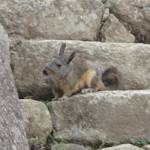Thylacine Extinct
1936 CE • Tasmania, Australia
"The thylacine was the largest marsupial predator to have survived into historic times. Before the introduction of the dingo to mainland Australia around 4000 years ago it was widespread on the mainland and in New Guinea . . . Thylacines were persecuted into extinction. A bounty was paid on scalps and, as they became rarer, live and even dead animals commanded ever higher prices. The species was finally protected by law in Tasmania in 1936, the year of its extinction. The law came far too late, for the last capture of a wild thylacine had occurred three years earlier. The last thylacine to walk the earth was a female kept in Beaumaris Zoo near Hobart."
Tim F. Flannery, A Gap in Nature: Discovering the World's Extinct Animals (New York, NY: Atlantic Monthly Press, 2001), 246.
Image: Thylacine family, Hobart Zoo, 1909, courtesy of Tasmanian Museum.
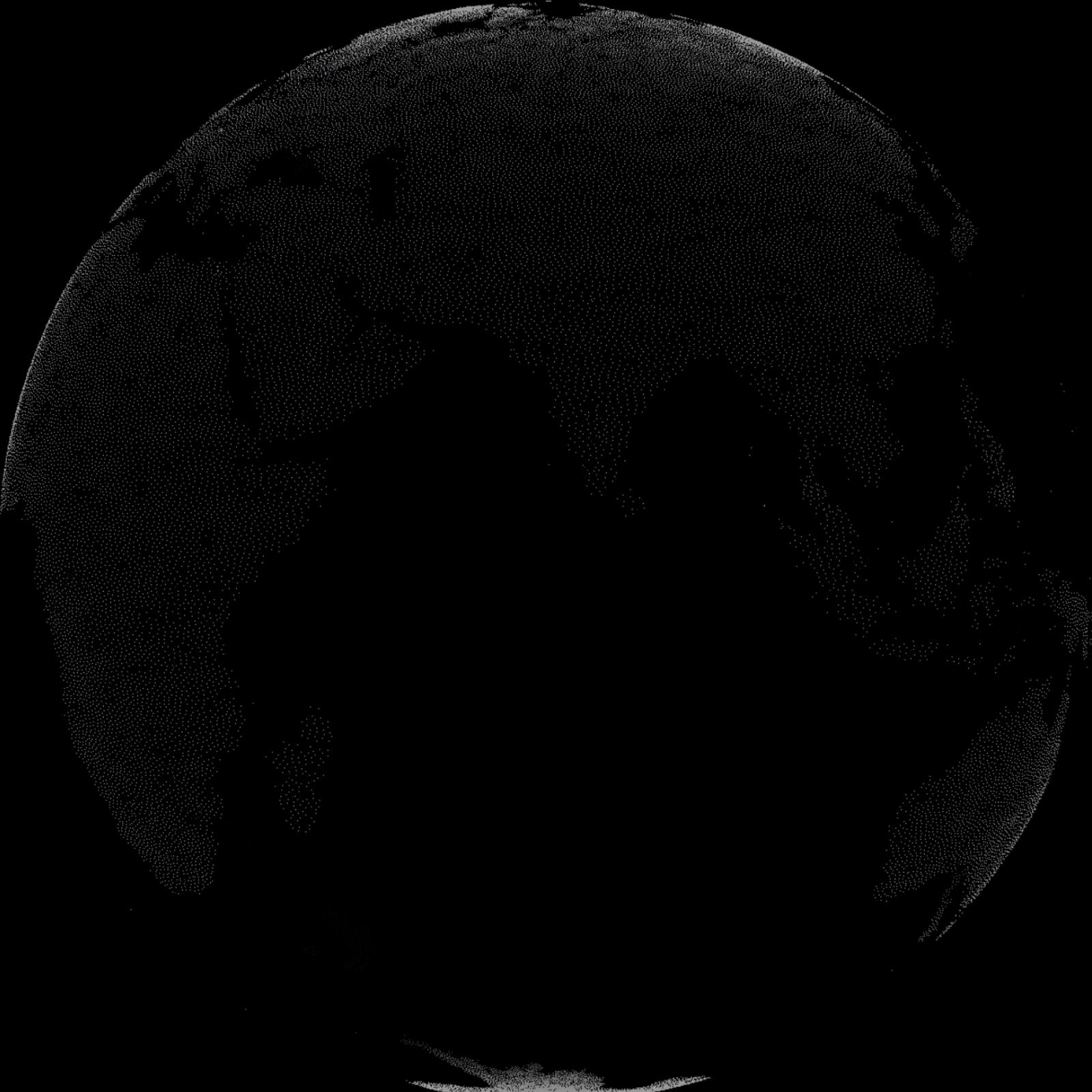

Learn about Maya Lin’s fifth and final memorial: a multi-platform science based artwork that presents an ecological history of our world - past, present, and future.
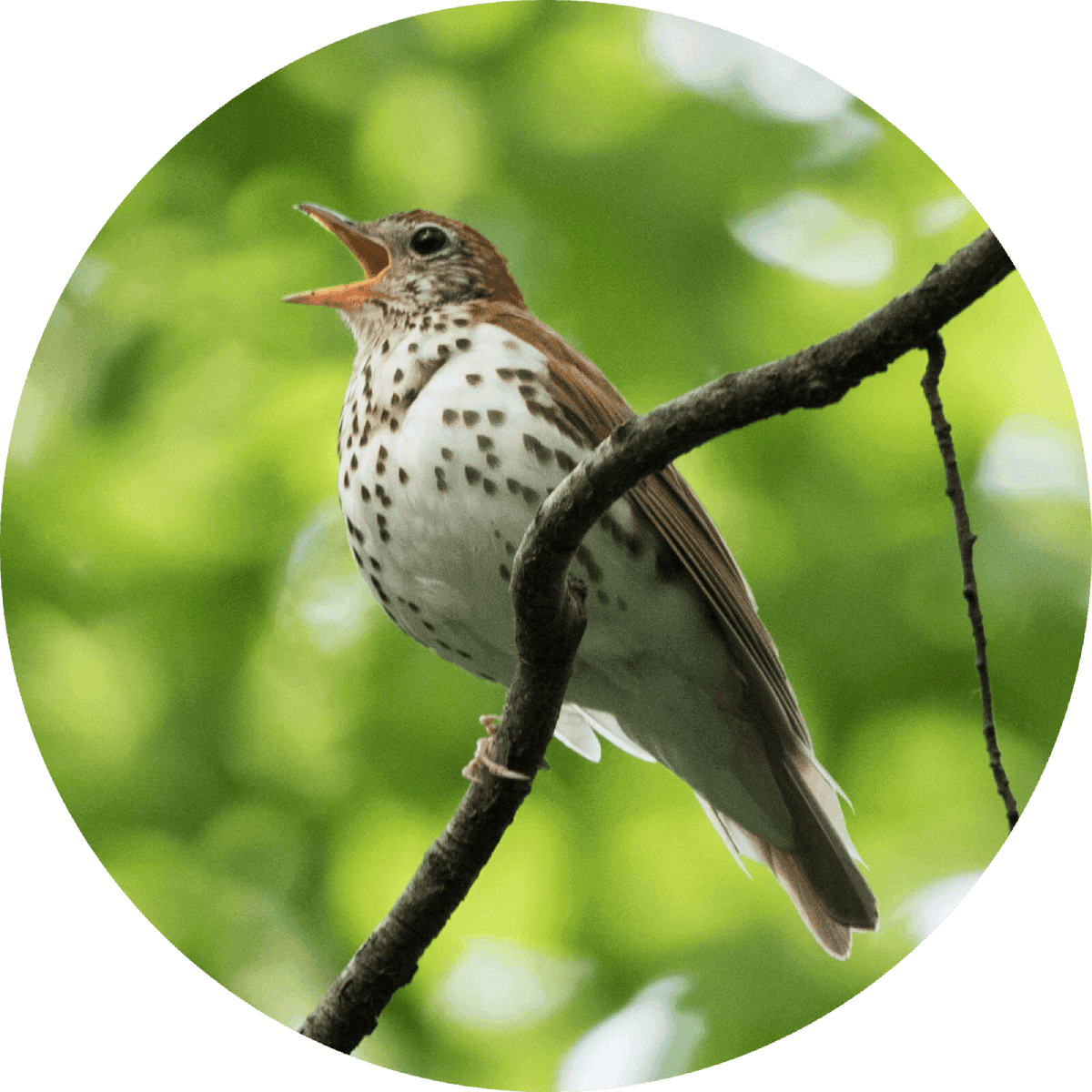
Discover ecological histories and stories of former abundance, loss, and recovery on the map of memory.
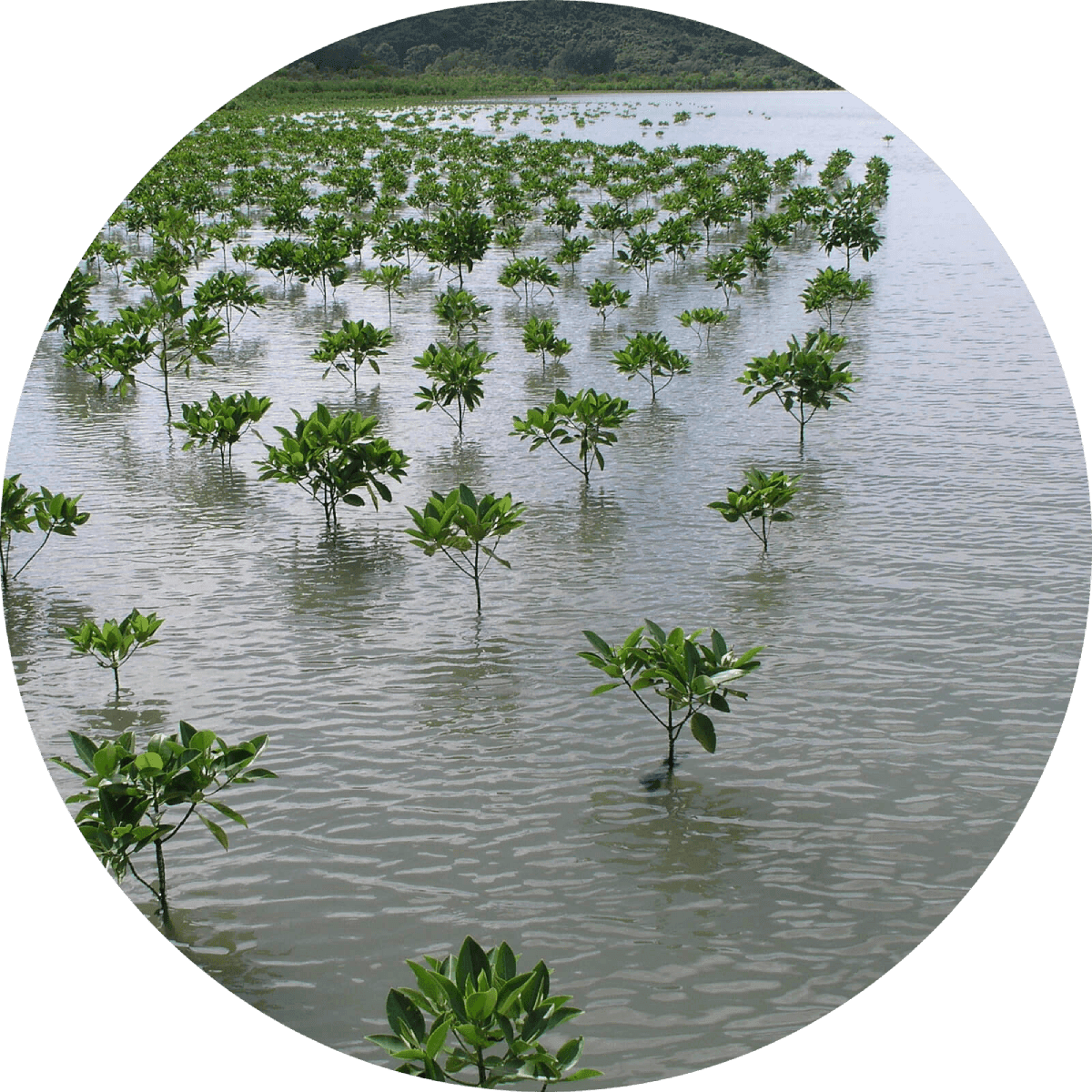
Learn how we can reduce our emissions and protect and restore species and habitats – around the world.

See how art can help us rethink the problems we face, and give us hope that each one of us can make a difference.
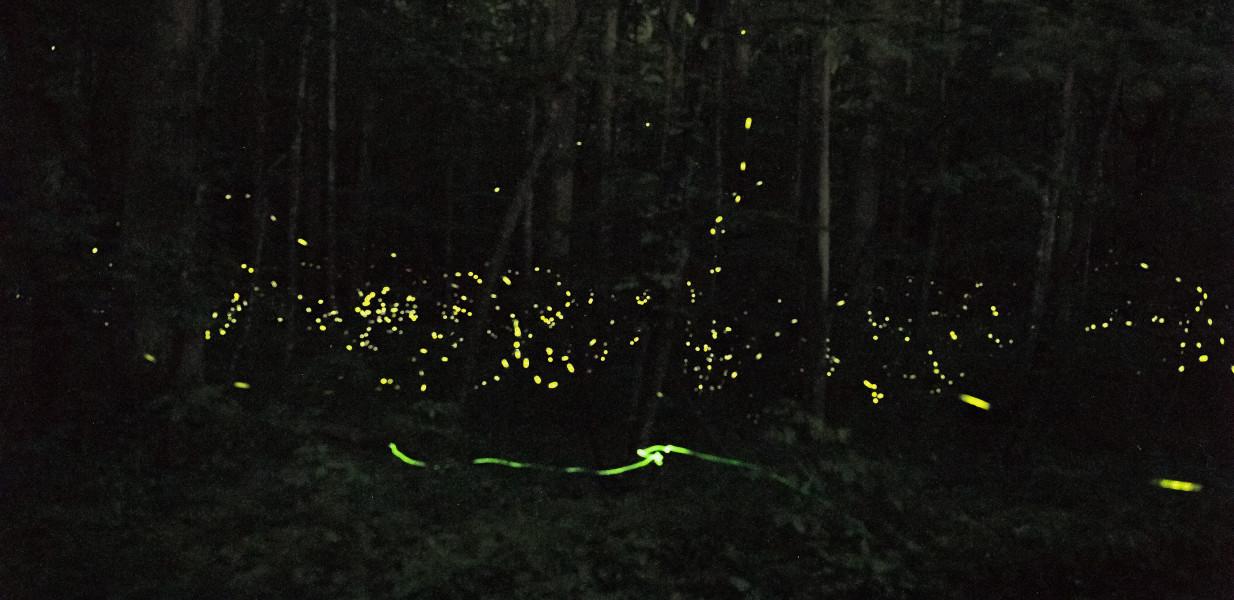
Help make a global memorial something personal and close to home. Share your stories of the natural world.

